“In the next few years, we’ll be investing around INR 500 crores in the Lalkuan facility which would help us take the overall capacity to about 600,000 MTPA.”
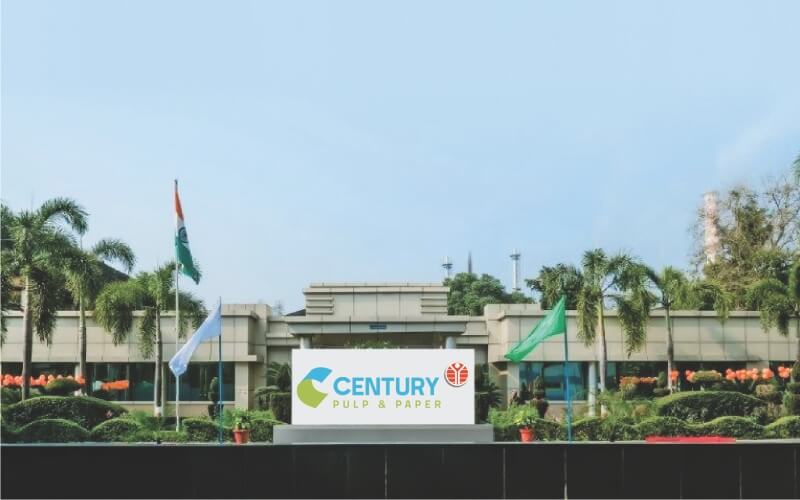
Century Pulp & Paper is the largest manufacturer of paper, board, tissue, and pulp from a single location in India with a capacity of 500,000 + MTPA. With service centres and sales offices across the country as well as agents across the world, the company has been a major player in the domestic and export market for this industry. Century Pulp & Paper has stayed committed to its values to create a positive impact and continuously strives to improve the quality of its products. In an interview with Paper Mart, Mr. Vijay Kaul, CEO, Century Pulp & Paper discusses recent developments and the future plans of the mill.
Paper Mart: Century Pulp and Paper is a major player in the domestic and export market for the paper, paperboard, and tissue sector; what is the major factor driving the growth? How the new management intends to take this growth story forward?
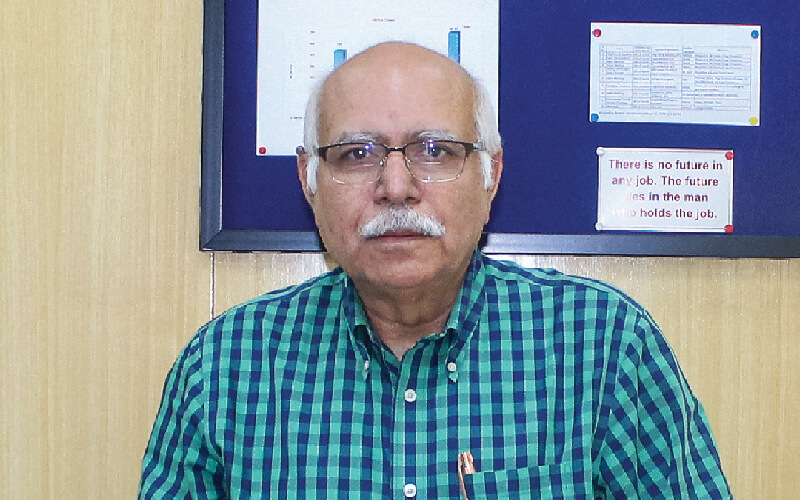
Vijay Kaul: Century Pulp and Paper has been in operation since 1984 and has been a significant player in the export market, especially in the tissue and paperboard segment. The major factor which is driving this growth is the demand which has increased over the last few years. The company’s existing production capacity is approximately 500,000 MTPA, which we intend to take to around 600,000 MTPA in a year or two, by doing some modification and rebuilding a few of the machines.
PM: Please share your strategy and the overall vision for elevating the company’s standing to greater heights.
VK: Our strategy is very clear, first, is to invest in the plant in order to increase the capacity to get the maximum production out of it at a low cost, second, to develop new products, and the third is to look for expansion – whether it is an acquisition or putting up a new facility at a different location altogether. Currently, we are spending most of our time understanding how and where we need to expand the business. We are in the process of finalising the market surveys and evaluating the different technologies available. And once we get that, we’ll be able to let the people know more about our expansion project. At present, we are looking at various options be it paper, packaging board or tissue. Cost reduction, technological upgradation, new opportunities, product development, and the right scale of the economy – are a few focus areas of Century Pulp and Paper in order to become competitive and grow this industry.
PM: Since the company has always been at the forefront of implementing efficient technologies, what are your key focus areas at the moment in this respect?
VK: We are talking to the leading global manufacturers of the paper industry who are in the technological arena about the new things happening and the cost optimisation techniques. We are in the process of exploring the new technologies and fitting those into our present system or implementing them in the new expansion.
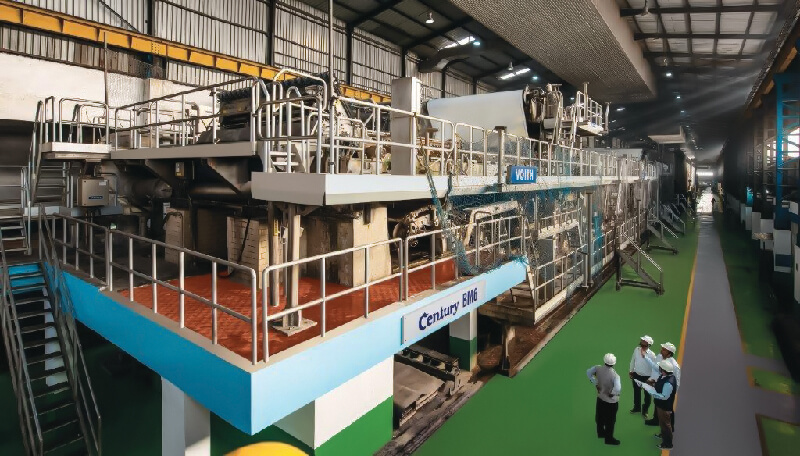
PM: How would you like to strategically invest in the direction of – technology upgrades, product development, market expansions, and so on?
VK: On a regular basis, about INR 150 to 200 crores of investment essentially is done practically every year in improving the conditions of the machine, enhancing the capability of the machine, modernising, digitising, etc. In the next few years, we’ll be investing about INR 500 crores which would help us take the overall capacity to about 600,000 MTPA. There are certain portions that are allotted for improving certain parts of the different paper machines, board machines, and tissue machines. Another portion needs to be utilised in overall improvement of the cost structures, marketing, doing the market research, having the market intelligence department, creating a customer base which will always be with us, and creating loyalty among the customers – all this being a part of the whole gamut.
Watch: IVAX Paper Chemicals Interview
The other part might go for a new expansion at a totally different geographical location. With 600,000 MTPA, this place will be totally saturated, and we may have to go to some other place. The Lalkuan facility in Uttarakhand is catering to the northern and central part of the country. We have not been able to provide a major quantity of products in western and southern India. There are various options being explored in these two parts of the country. In the long term, we need to see that we should be able to export from there, reduce the cost, have better logistics arrangements, and get the best human resource at a reasonable value. We are also evaluating technology and cost implications. It is difficult to determine the Capex at this stage, but within the next five to seven years, Century Pulp and Paper has set a target of clocking a turnover of INR 10,000 crores, which is currently about INR 3500 crores.
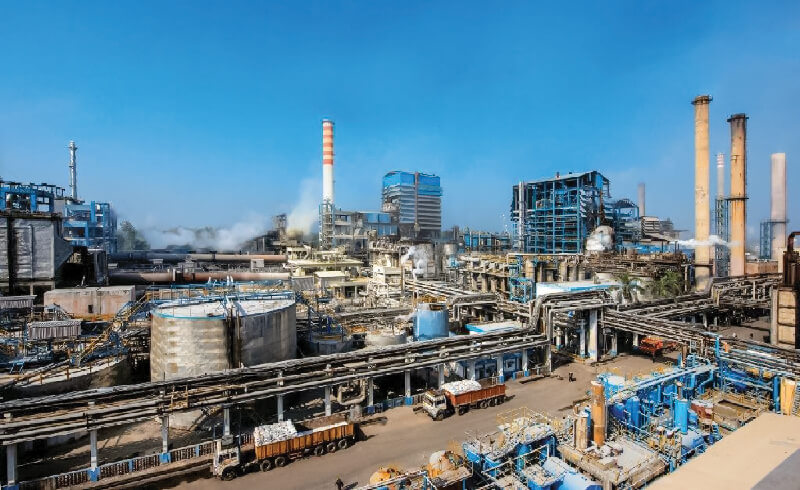
PM: In line with your key strengths, how will you harness the capabilities to bring in further value creation in the pulp and paper segment?
VK: There are several innovative ways to create higher value. The approach would be to enter into a new product category, a smart way to handle SCM, which has value or has the potential to create value for the customers as well as for the organisation. We also need to strengthen the marketing team so that we know what is happening in the market around us and plan our strategies. These will be the key strengths that would help us to expand the markets, expand the base and create value by having market intelligence. Secondly, we need to create a system in our organisation, which captures the trends shaping global development so that we plan our strategies accordingly.
PM: Talking about the new product development, we came to know that you are trying to replace the PE coatings with bio-PBS. Also, you have made a paperboard for an FMCG company, which could be used as a mosquito repellent. Could you shed some more light on these products?
VK: In line with changing dynamics on sustainability, the emphasis on replacing plastic in packaging products has been increasing. We have worked on the bio-PBS coating that could replace the PE coatings. Similarly, a leading FMCG Company, which is in an elite segment in their industry, approached us with a demand for a customised product. They wanted us to commission a baseboard that could be used as a mosquito repellent after chemical treatment at their end. Our R&D team set to work, and we were successfully able to create the product, meeting all the compliance requirements at the customer’s end. We have already launched these products commercially in the market.
Also Read: Century Pulp & Paper Revenue Surges by 49.35 percent in Q3 FY22
PM: What do you think are the various challenges and stumbling blocks in the paper industry with regard to factors like raw material availability, price fluctuations of key inputs, and so on? Also, how do you think these challenges can be addressed in the future?
VK: Price fluctuation is not only being faced by the paper industry; rather, it is being faced by all industries. Wood availability has not been a problem, but definitely we want people to cultivate more wood. We have embarked upon giving saplings to people so that they can plant them irrespective of the fact whether they want to sell the wood to us or not as that completely depends upon the price at that particular point. It takes about four to five years for the tree to grow in a position that we can use in making the pulp.
Last year, we planted almost 1.63 million trees. We plan to reach 2.60 million this year too. In fact, even the Uttarakhand forest department has also approached us to give them the saplings. They also want to plant Eucalyptus and poplar trees. It’s the question of making the raw material available in order to get it at the right price. However, in the last one year, the price has been fluctuating because of international logistics, the Russia-Ukraine war, factories being closed during the COVID pandemic, etc. The price is gradually becoming stable and in the next six, or seven months, it should be at a reasonable level. Coal prices have gone up which is again impacting the paper industry, as here, we need to import coal and use different types of coal. Since these are all natural resources, the price will fluctuate every two-three years and you can’t do much about it, but only plan well so that it doesn’t affect you much.
The government has decided that by 2024, the furnace oil has to be replaced. So we are looking for alternative fuels that are environment-friendly and do not create pollution. We have started using some amount of compressed methane gas in the plant. That, however, also has a cost element, which needs to be borne by the industry.
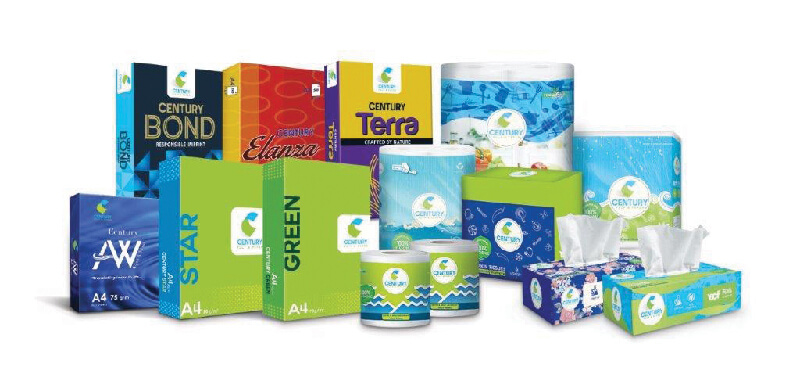
PM: How do you foresee the demand outlook of the Indian paper industry and the different industry verticals – paper, paperboards, tissue papers, and so on?
VK: As regards tissue paper, we are a leading player in the country and have just one competitor, but almost, 10000 – 12000 tonnes of tissue paper get imported into the country. So that means there’s a demand, which neither our competitor nor we have been able to fulfil. After the COVID pandemic, people have become more aware of hygiene. Similarly, the paper board segment is growing at the rate of 12 to 15 percent and expected to grow fastest in next 5 years. As gender diversity improved in urban working professionals, people are ordering more food from outside and that has increased the demand for sustainable packaging in the food industry. Moreover, with the ban on single-use plastics, paper is touted to be a possible alternative.
Hence, the demand is already there; the paper industry just needs to grab this opportunity. It needs to develop new products and add more quality, strength, and rigidity to the paper. We have to see that the paper industry is on a growth trajectory and that depends on how fast the industry can adapt to the new changes and adopt new technologies in order to produce new products.



